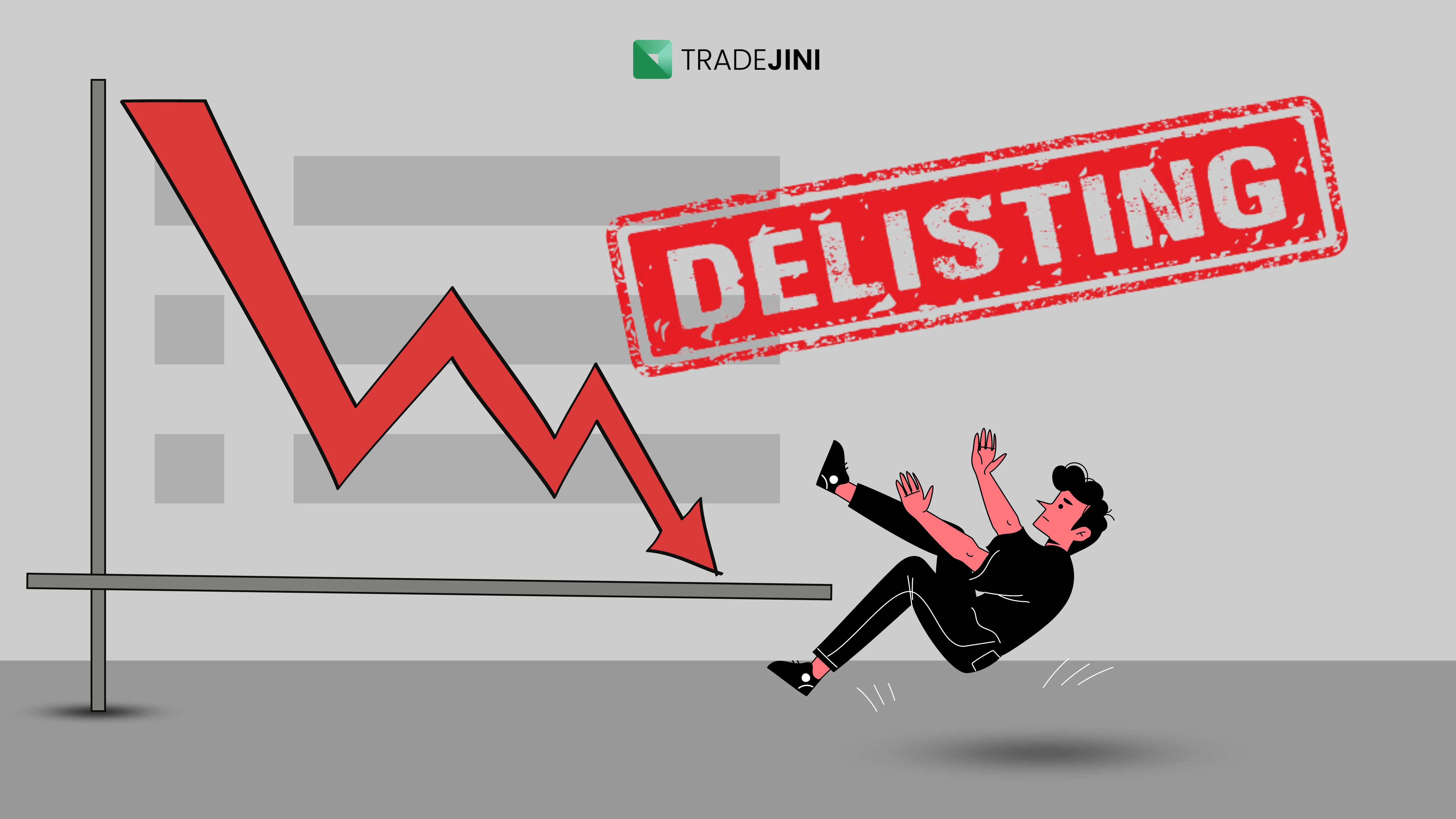What is Delisting?
Publicly traded companies can sometimes choose to delist themselves from the exchange. The shares will no longer be tradable on the exchange. However private transactions are possible.
In some cases, companies may extend an exit option to residual shareholders, allowing them to sell their shares back to the company.
Shareholders are advised to make an informed decision regarding these options.
Still Confused About Delisting? Read on for further clarification.
Understanding Delisting
When a publicly traded company chooses to delist itself from the exchange, its shares can no longer be traded on the open market. However, private transactions may still occur.
Also Learn: Stock Market Stories: 10 Movies and Series You Can't Miss
Types of Delisting
There are two main types of delisting: involuntary and voluntary.
Involuntary/Regulatory Delisting:
This type occurs when a company fails to meet the exchange’s or SEBI’s listing requirements and disclosure norms. If a company violates these regulations or shows prolonged non-compliance, the exchange may enforce delisting. For example, companies not adhering to stock exchange rules or demonstrating irregular trading activity over a three-year period may face temporary suspension (typically around six months).
Voluntary Delisting:
This occurs when a company determines that the costs and benefits of being listed no longer align with its goals. Reasons for voluntary delisting may include high compliance costs, significant changes in company structure, mergers, or strategic decisions to avoid operational disruptions. Companies opting for voluntary delisting are required to buy back shares from shareholders and remove the stock from public trading.
How Shareholders Recover Value in a Delisting?
Once a company delists, shareholders cannot trade these shares on major exchanges like the NSE or BSE, though they still retain ownership. This allows them to sell shares privately through OTC markets, though such transactions may be challenging.
For voluntary delisting, the company typically conducts a reverse book-building process, in which shareholders are sent an official letter and bidding form. They can either accept the buyback offer or retain their shares. Delisting succeeds when the acquirer purchases the required number of shares within a specific time frame. If the shares remain unsold, shareholders may need to resort to OTC trading.
Also Learn: What Investors Should Know About Company Demergers
Understanding Share Buybacks
A share buyback, or stock repurchase, is when a company buys back its shares from shareholders, generally at a premium over the current market price. For example, if an investor bought 10 shares of XYZ Ltd. at ₹50 each ten years ago (totalling ₹500), and now XYZ Ltd.’s shares are trading at ₹290 each, a buyback at ₹300 per share would mean the investor could sell the 10 shares for ₹3,000.
What Happens When a Stock is Delisted?
For voluntary delisting, the reverse book-building process determines the buyback price, often offering a potential profit opportunity. The delisted stock may trade at a premium during the buyback window, although prices may fall afterward.
In cases of involuntary delisting, an independent evaluator appointed by the exchange sets the buyback price. While ownership of the shares remains, delisted stocks typically lose value due to negative sentiment and limited trading opportunities.
Conclusion
Whether delisting is voluntary or involuntary, it has notable financial implications for shareholders. Understanding the reasons for delisting, the associated process and the available options for selling shares can help investors make informed decisions and, where possible, capitalize on buyback opportunities.
Also Read: How Corporate Splits Influence Investors: A Guide to Demergers



